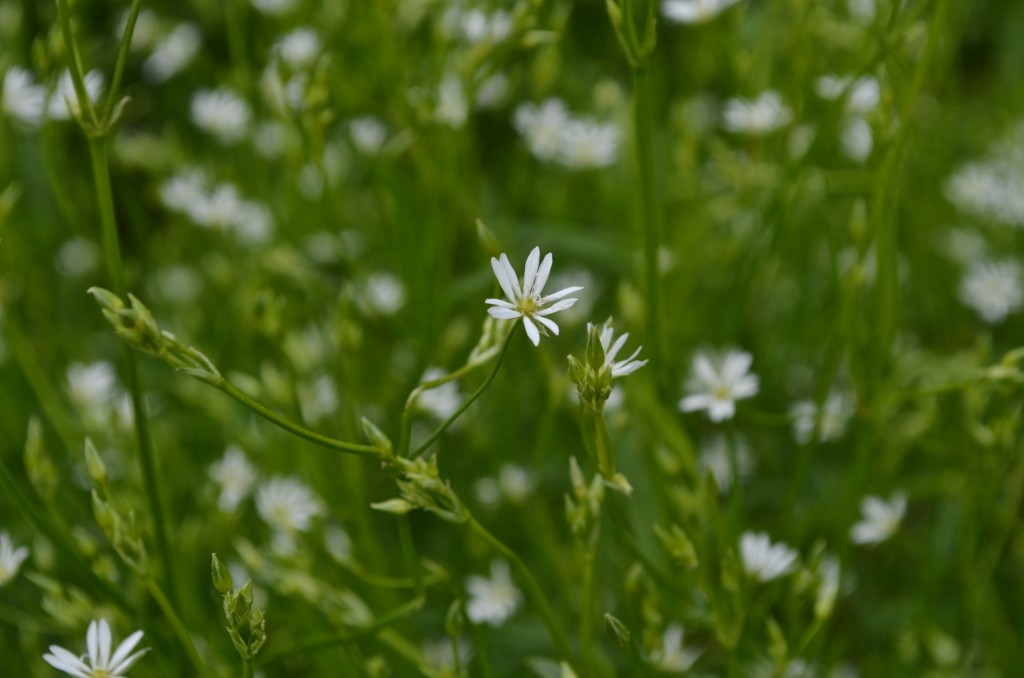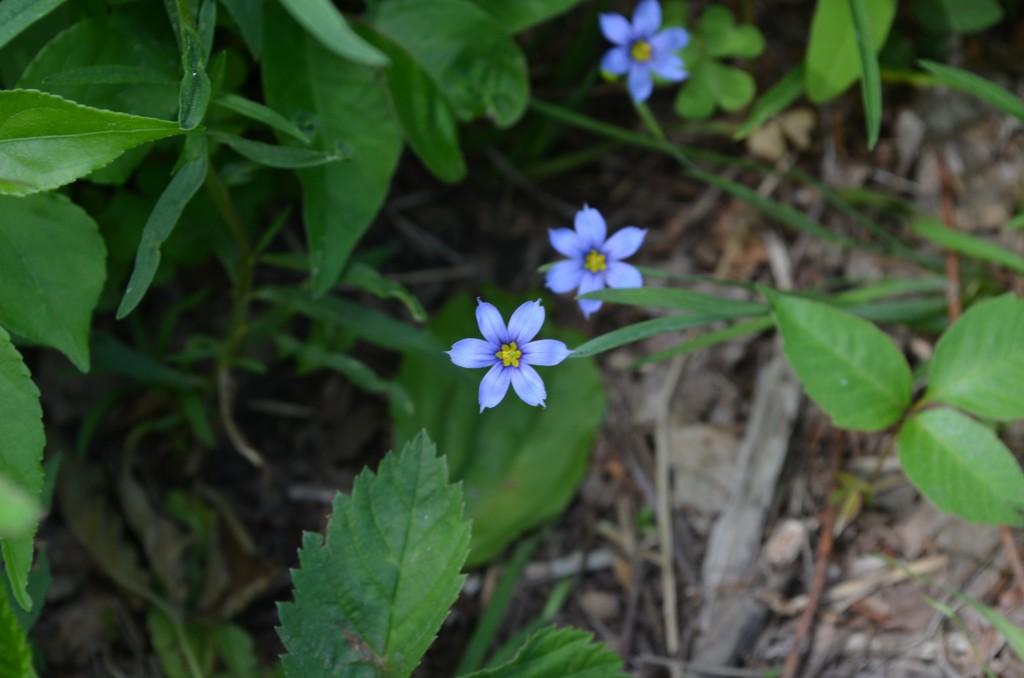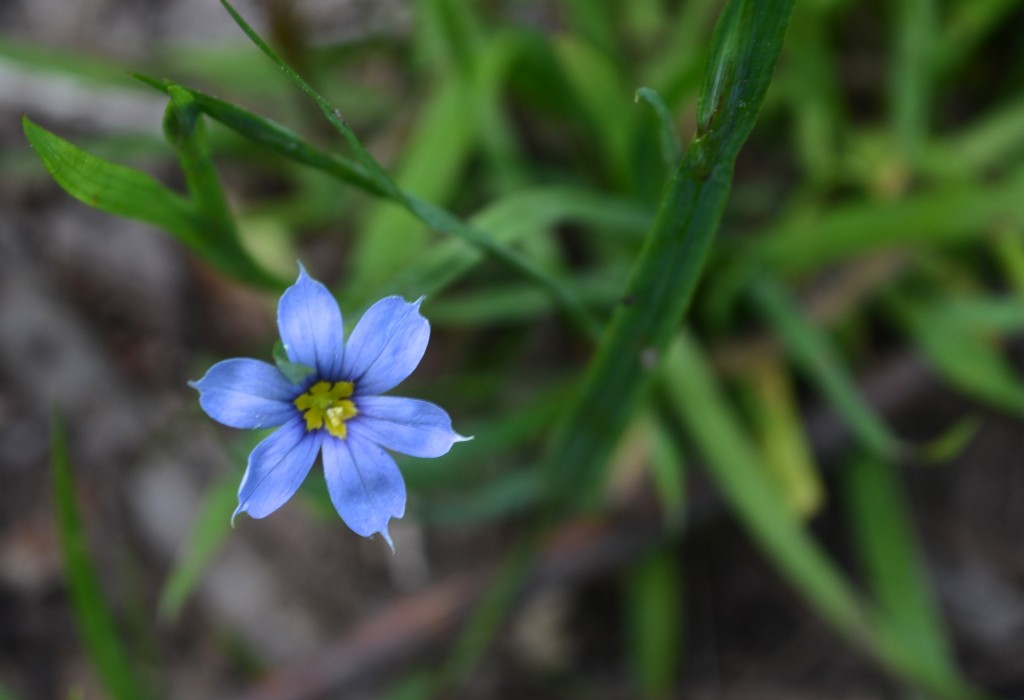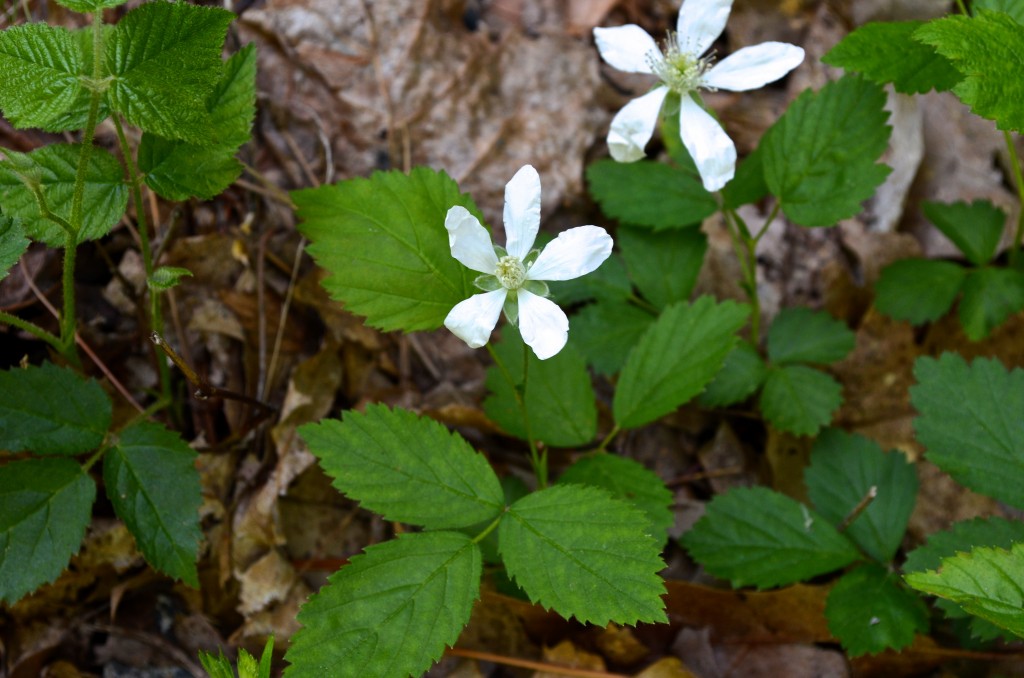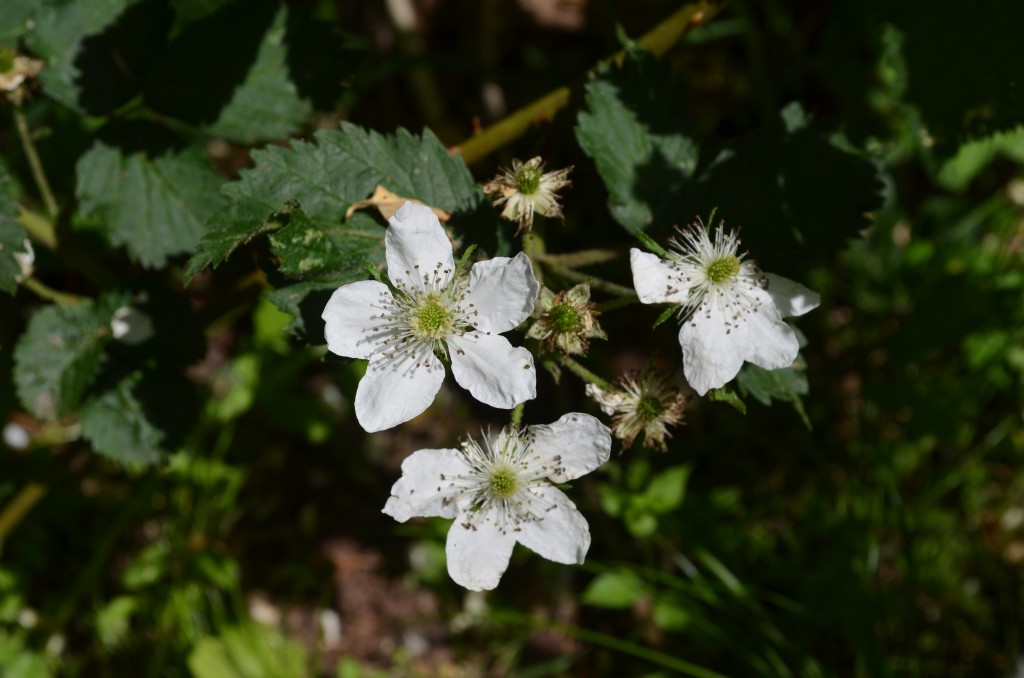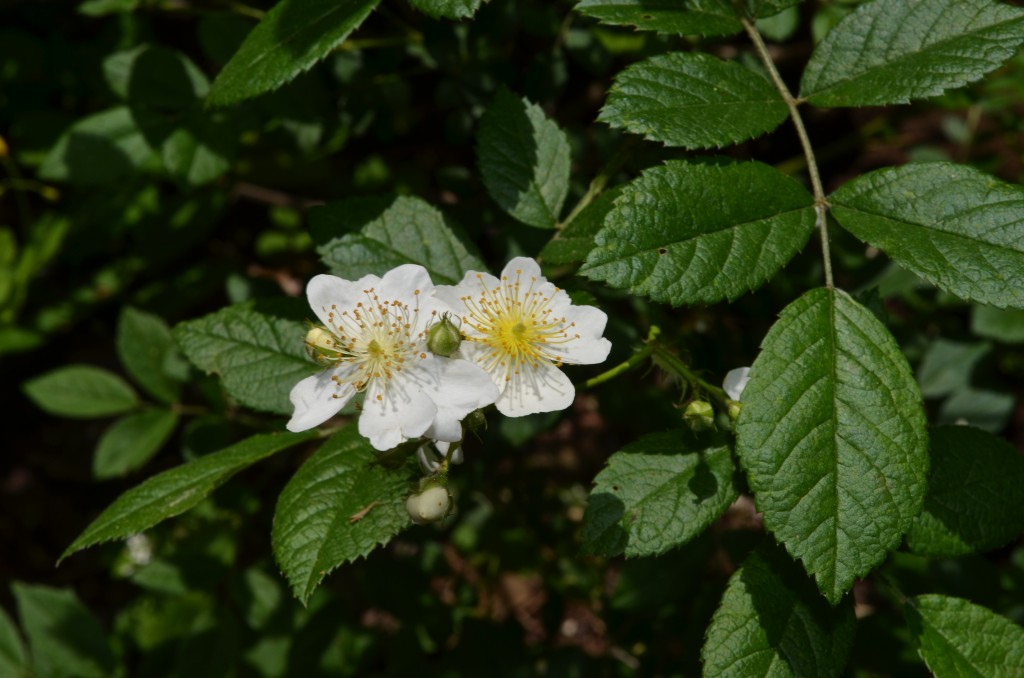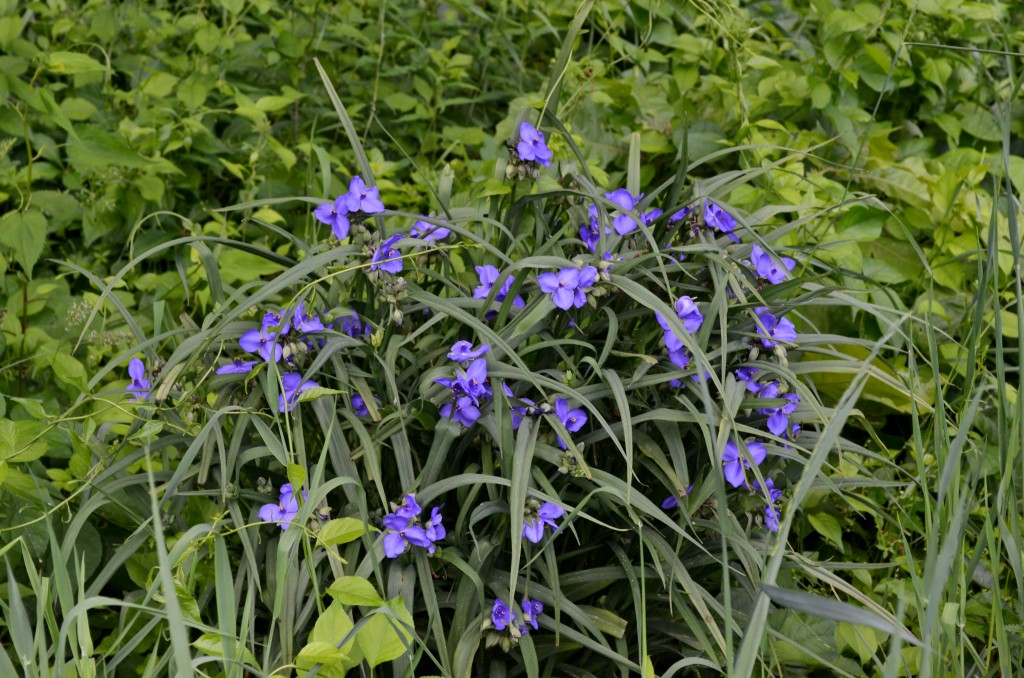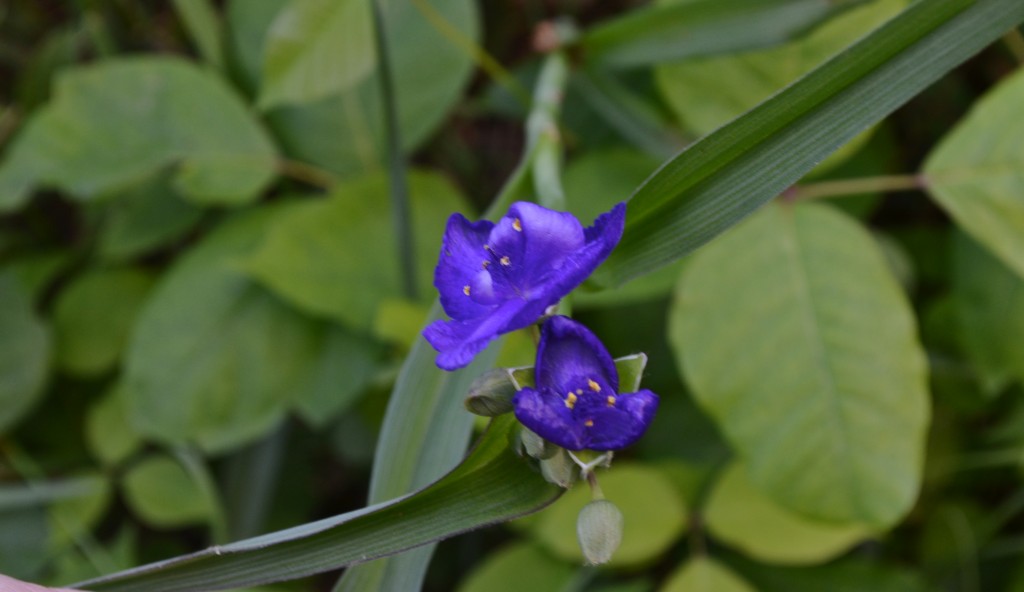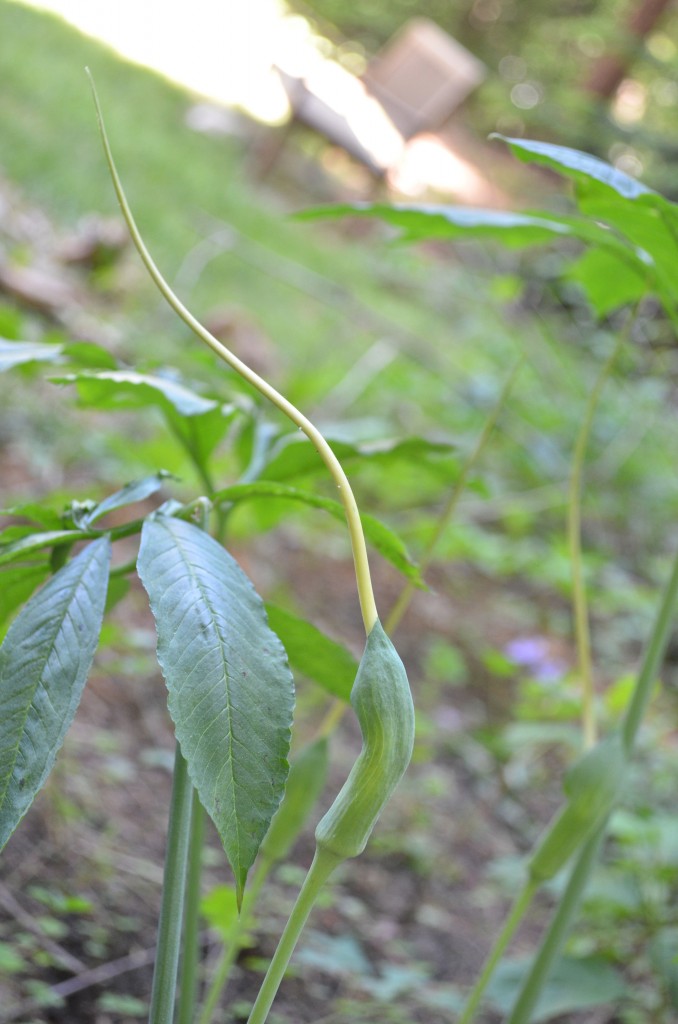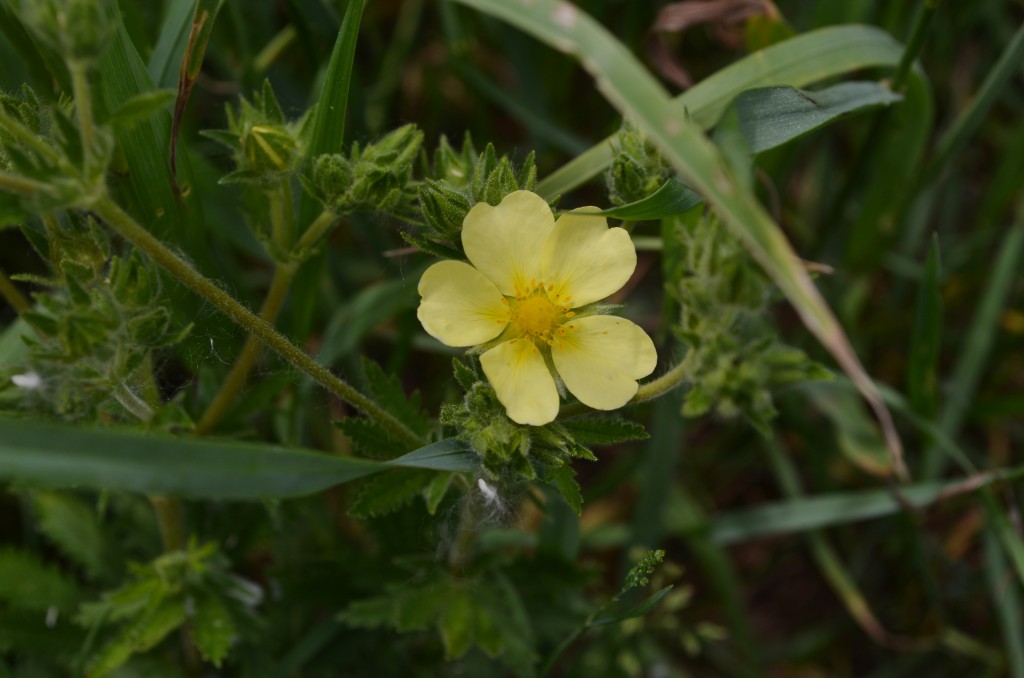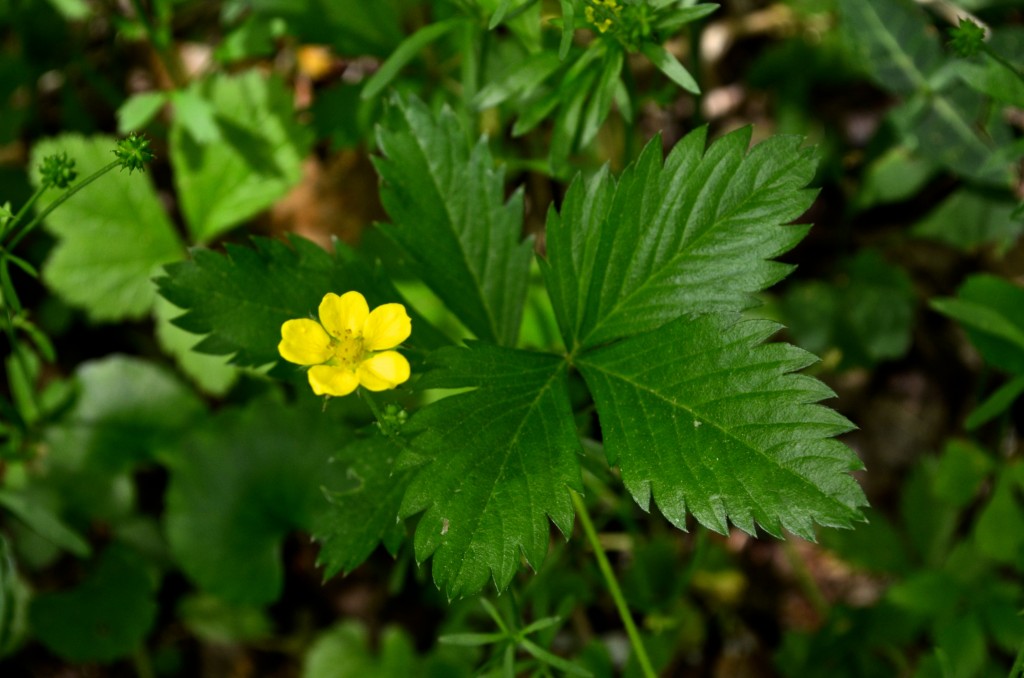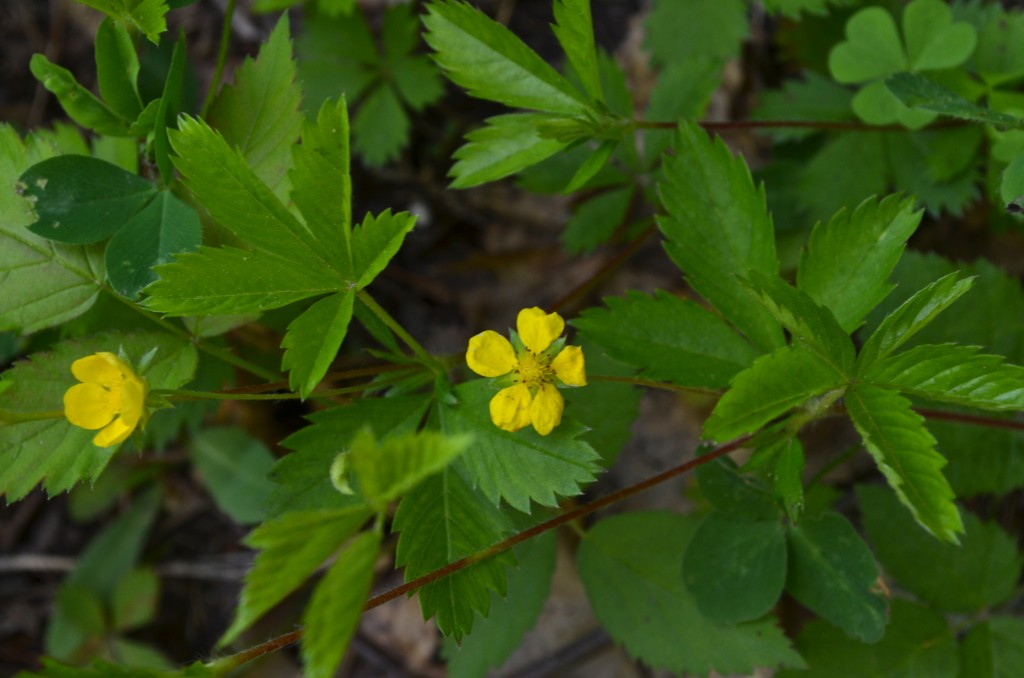Related to Chickweed — the same deeply divided petals (this is five petals divided to look like ten). So many plants are called worts… wort is from Old English “wyrt” meaning root or herb. It often was used to name plants that had medicinal uses, and the first part of the word was the problem it could cure, like for instance, spiderwort to treat spider bites. Was this good for curing stitches? I can only find that some varieties are edible…
Common Stitchwort (Stellaria graminea)

